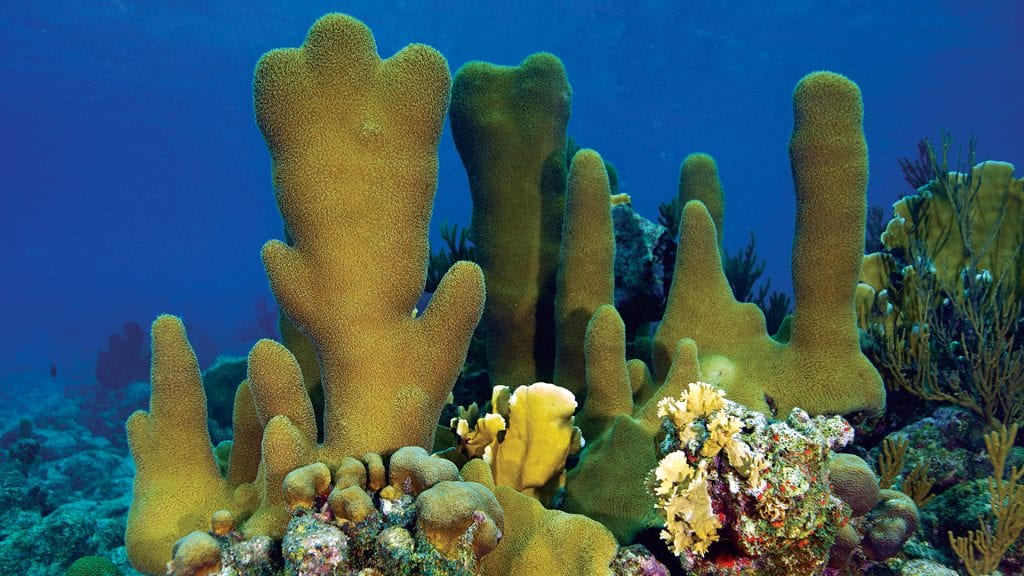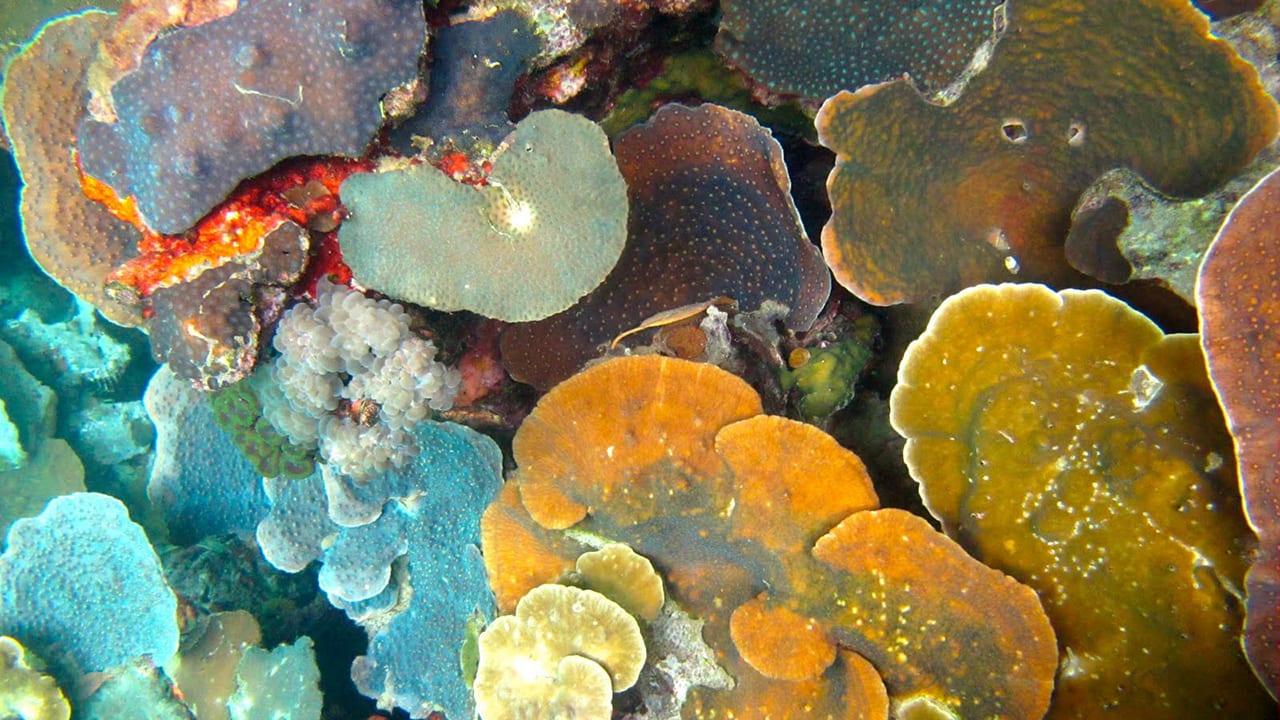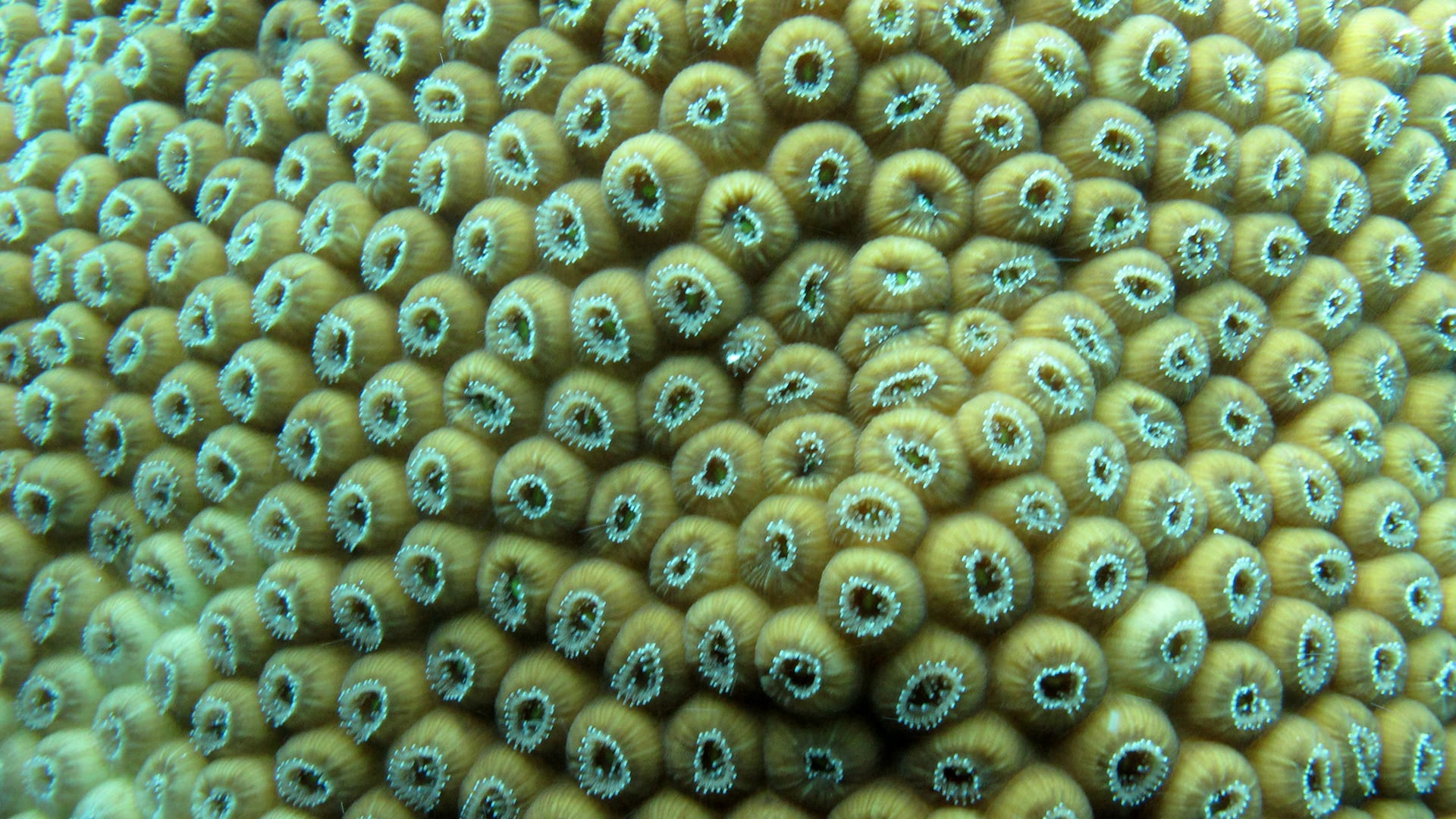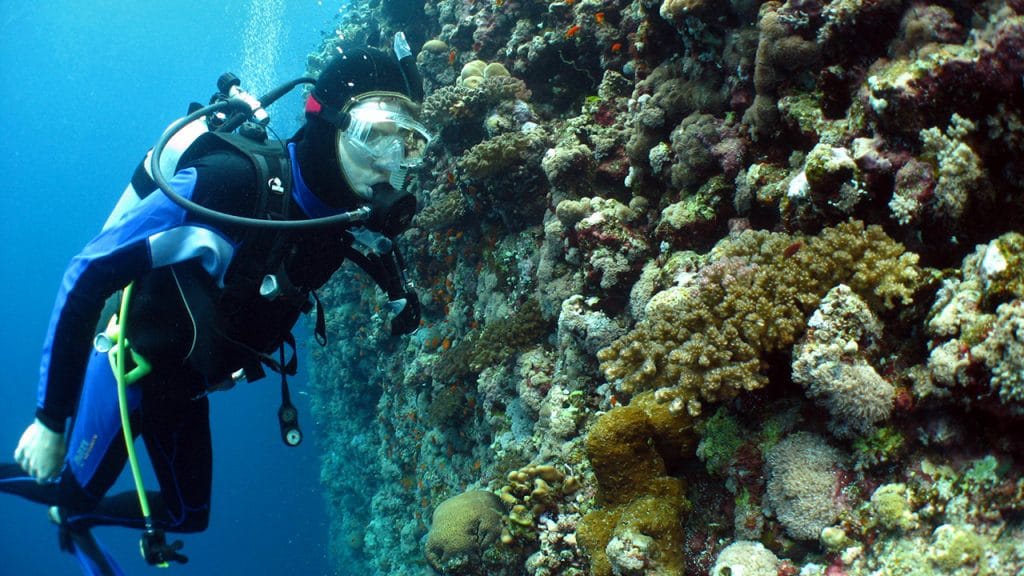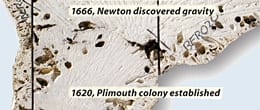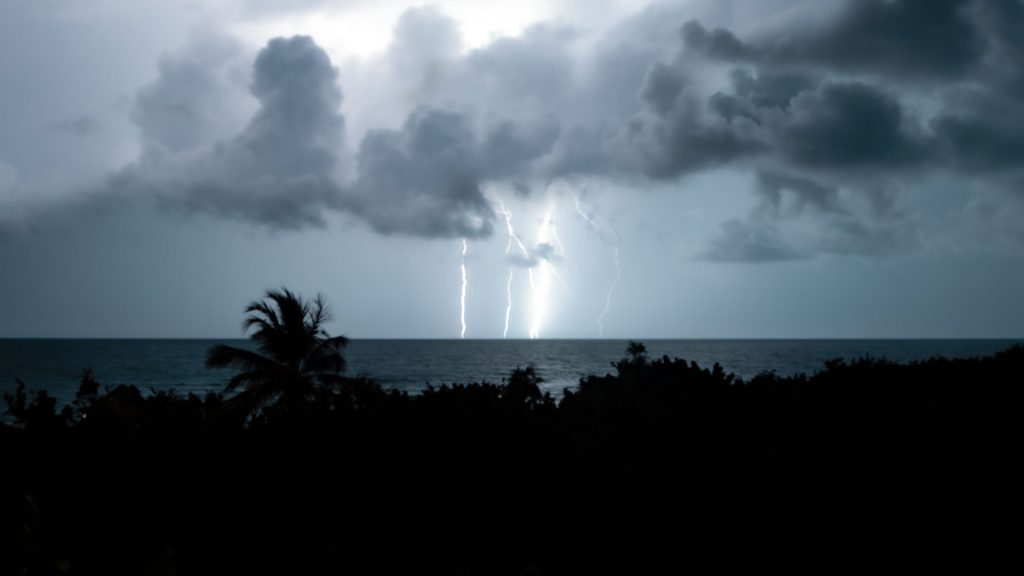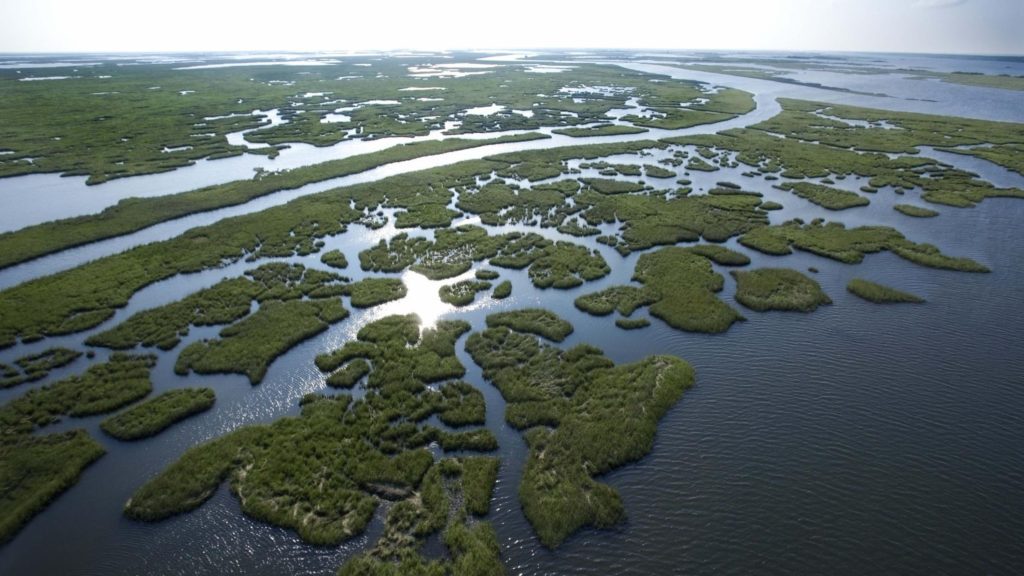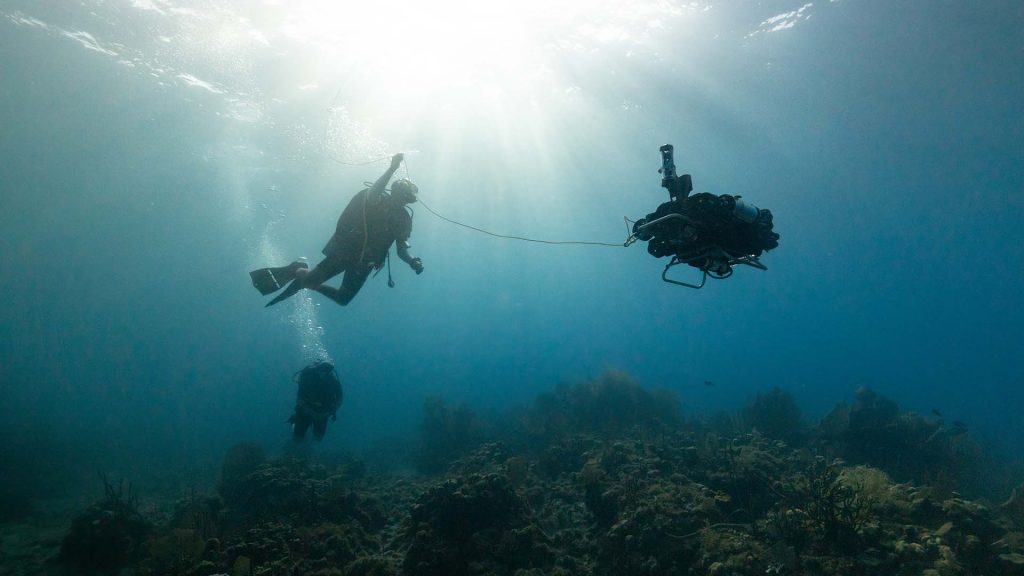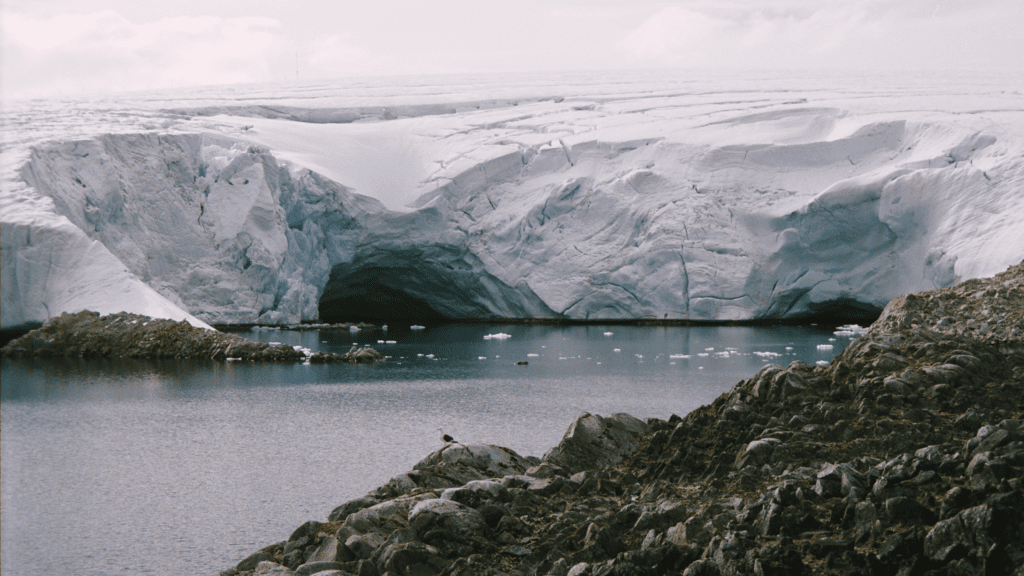One of the most striking things about a coral reef is its bright coloring. Flashy fish swim among equally brilliant corals and sponges. But not all corals are bright. Many are a dull green or brown. So, what gives some corals their bright hues?
To understand the reds, greens, pinks, and purples, we first need to look at the dull corals. Corals are living animals. A colony of coral polyps lives in a skeleton-like framework of its own making. It’s equal part anchor and house. This framework is what many people think of as coral. By itself, the skeleton is ghostly white. It’s the animals living in the skeleton that give it its color.
Coral polyps catch food drifting in the water. But corals get most of their nutrients from another source. Single-celled algae, called zooxanthellae (zoo-zan-THEL-ee), live in their tissues as symbionts. The algae, like plants, turn sunlight into sugar. This process is called photosynthesis. They use chlorophyll, the same structures found in plants, to do this. As in plants, it’s the chlorophyll that gives the algae their green-brown color.
The algae use some of those sugars themselves. The rest (up to 90 percent!) feed the coral polyps. In return for food, corals provide the algae with a safe place to live. This symbiotic relationship, called a mutualism, benefits both the corals and the algae.
All living corals have this green-brown color from the algae. But many corals appear much brighter. These corals also produce protein pigments. These can be a variety of colors, but most reflect light in purple, blue, green, or red. Some pigments are fluorescent. They absorb one color of light, in this case, blue. Instead of reflecting that color, they emit it as another color, usually green or red.
One role of fluorescent pigments may be to make light the algae can use. Different colors of light have different wavelengths. Red has a long wavelength. Blue and violet are short. The shorter the wavelength, the more energy the light has. Ultraviolet (UV) light has an extremely short wavelength that carries harmful amounts of energy.
Photosynthesis requires both blue and red light. But red light doesn’t travel well through water. The fluorescent proteins absorb blue light and emit it as green or red. This may provide the longer wavelengths of light needed for photosynthesis.
Coral pigments also protect the algae by acting like a sunscreen. The pigment proteins filter out harmful UV rays. Corals make more of these pigments when they’re exposed to very bright light. It’s similar to how a person with fair skin responds to the sun. More pigment means better protection from harmful UV.
But making pigments takes time. So, corals have another trick: They scrunch up their bodies when it gets too bright. This moves the pigments closer together, so they form a continuous, protective layer until the light dims.
As ocean waters warm, many corals are bleaching. When this happens, they lose their algae—and their main source of food—and turn white in color.
Many bleached corals eventually die from lack of food. But protein pigments may help restore their algae and their health. If those corals can provide the right amount of sunscreen through their pigments, it may attract algae once again. This would help the coral—and the reef it supports—begin to thrive again.
LEARN MORE ABOUT CORALS
Dating Corals, Knowing the Ocean
Coral is a useful tool for scientists who want to understand changes in past climate, but recalling that history presents its own set of challenges.
Bollati, E. et al. Optical feedback loop involving dinoflagellate symbiont and Scleractinian host drives colorful coral bleaching. Current Biology. Vol. 30, May 21, 2020. doi: 10.1016/j.cub.2020.04.005.
D’Angelo, C. et al. Blue light regulation of host pigment in reef-building corals. Marine Ecology Progress Series. Vol. 364, July 29, 2008. doi: 10.3354/meps07588.
Grittins, J.R. et al. Fluorescent protein-mediated colour polymorphism in reef corals: multicopy genes extend the adaptation/acclimatization potential to variable light environments. Molecular Ecology. Vol. 24, 2015. doi: 10/1111/mec.13041.
Rice Coral Reefs Blog. Diverse colors in coral reef ecosystems: More than what meets the eye. https://coralreefs.blogs.rice.edu/2017/02/20/diverse-colors-in-coral-reef-ecosystems-more-than-what-meets-the-eye/ February 20, 2017.
Salih, A. et al. Fluorescent pigments in corals are photoprotective. Nature. Vol. 408, December 14, 2000. doi: 10.1038/35048564.
The Biology Project. Pigments. http://www.biology.arizona.edu/biochemistry/problem_sets/intro_photosynthesis/pigments.html Accessed November 9, 2020.
Wiedenmann, J. & C. D’Angelo. Revealed: why some corals are more colorful than others. The Conversation. https://theconversation.com/revealed-why-some-corals-are-more-colourful-than-others-36866 January 30, 2015.
DIVE INTO MORE OCEAN FACTS
How does the ocean affect storms?
Under the right conditions, some of those storms can grow into large tropical storms. Or even monstrous hurricanes.
Sea level rises when land sinks
People around the world are worried about rising sea levels. Much of this increase comes from melting polar ice and ocean waters that expand as they warm. But along many coastlines, sea level rises much more than we might expect simply from changes in the ocean.
Can AI help us explore the ocean?
Learn how scientists at WHOI are using AI, like the software “Spock,” to enable autonomous underwater robots, such as Nereid Under Ice and CUREE, to study marine life and explore ocean environments.
How do glaciers affect sea level rise?
Sea levels have risen and fallen throughout geologic history due to a myriad of natural processes, most notably the forming and melting of glaciers.

